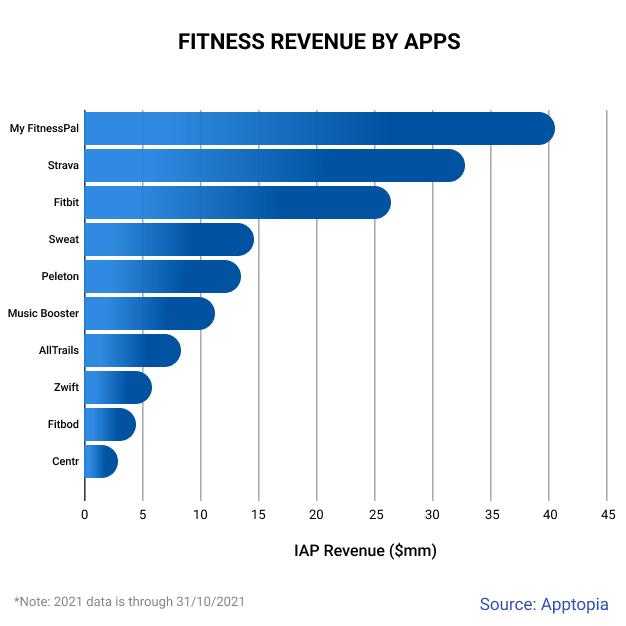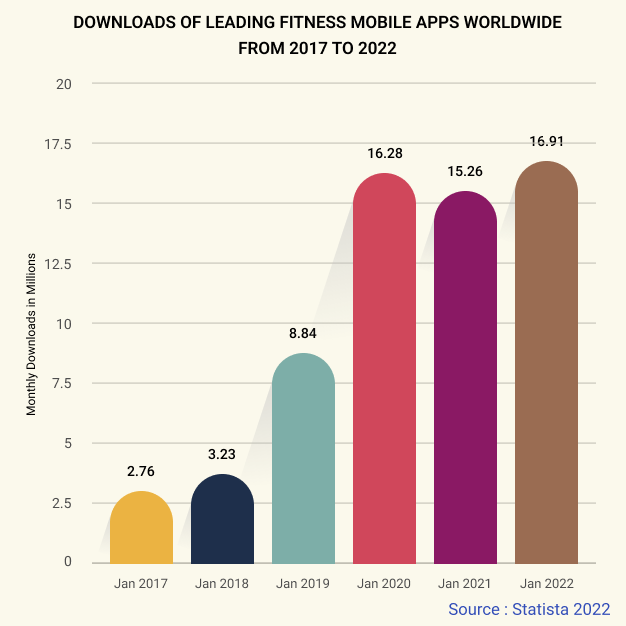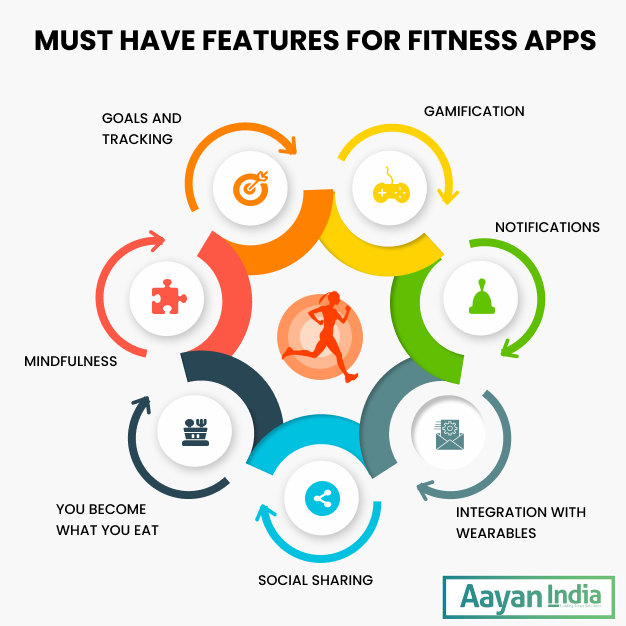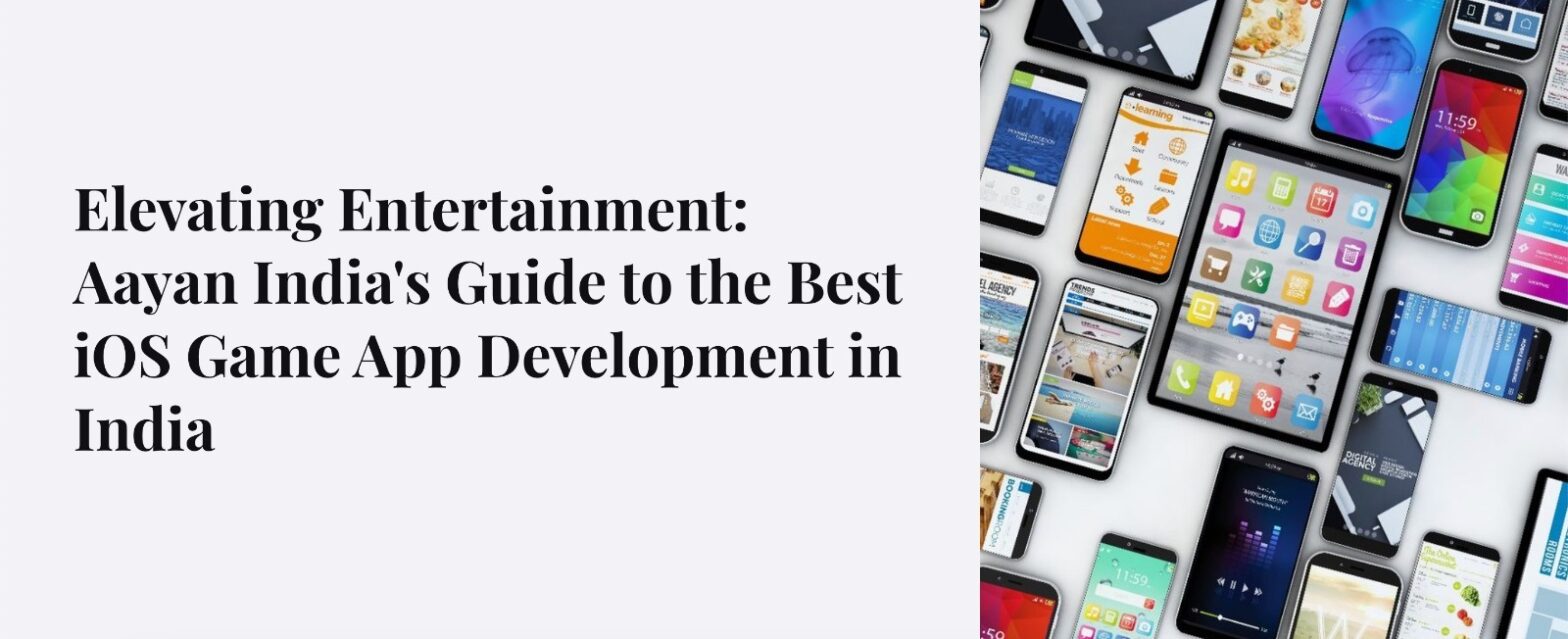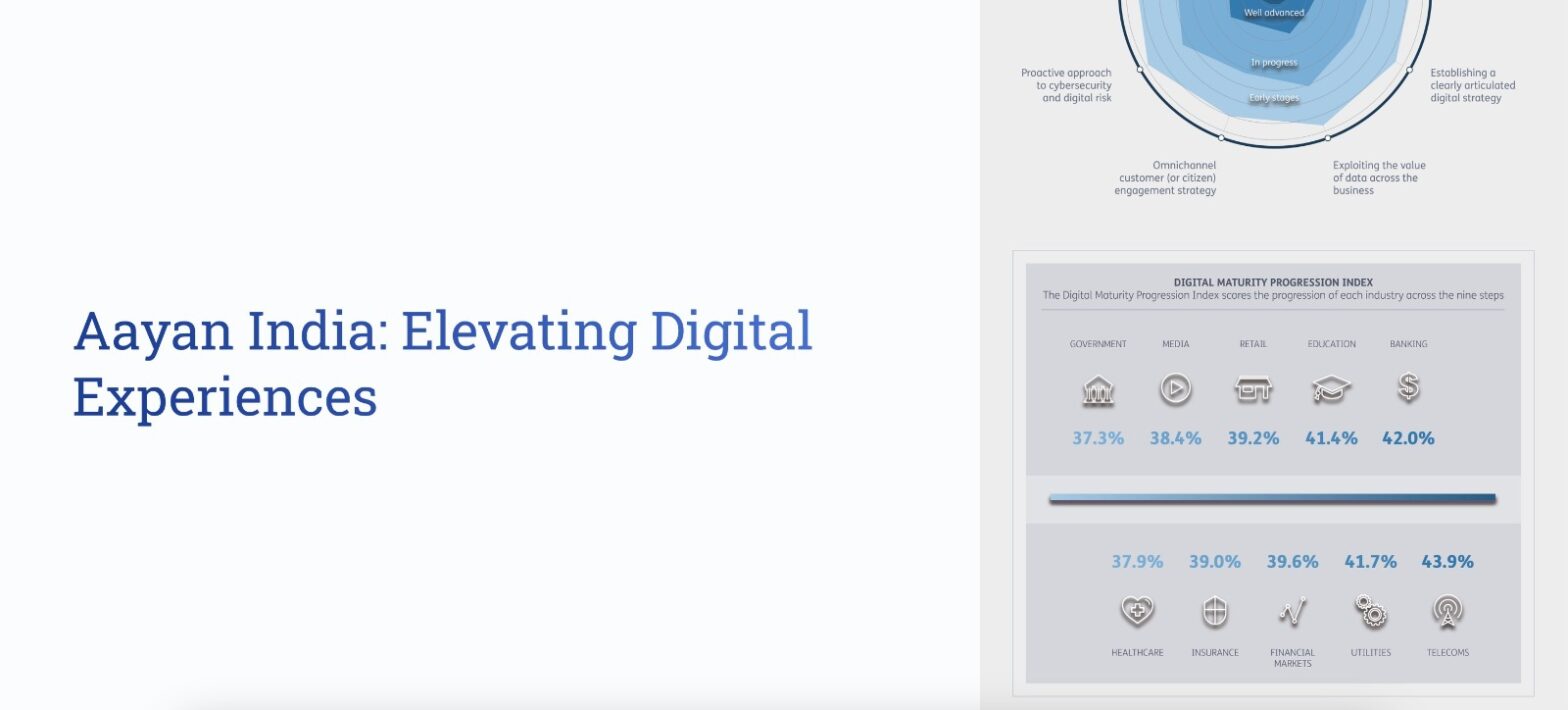Over the past few years, the popularity of health and fitness apps has massively increased. Why? People have always been obsessed with maintaining a healthy lifestyle. However, individuals have started paying more attention to their wellness and fitness after the pandemic outbreak in 2020. With social restrictions and lockdown, visits to the gym lessened, and in-person workout sessions were put on hold. That is when people searched for resources to continue their workout regime and maintain a healthy lifestyle by themselves. Fitness and workout tracking apps provided them with an easy way to continue exercises and training at home, on their own schedule. It is no wonder fitness app development companies are now more focused on designing fitness apps because of the high demand. This article explains what it takes to create a fitness app and an understanding of its features. If you are ready to build a fitness app, this article is for you to read!
Why A Fitness App?
Fitness app development companies design an app for fitness and a healthy lifestyle. People can install these applications on their smart devices. The purpose of the workout tracking apps is to help individuals create a healthy routine, keep track of their food intake, and make a workout regime. Some apps even keep track of the pulse rate and other vitals, steps people have taken in a day, and the number of calories in the food. To preserve a human touch, some apps also offer a fitness coach to help their users achieve their health goals.
Fitness apps are getting popular among the masses for their various advantages. The use of an app for fitness has surpassed the visits to a gym. The reason is that these apps work better than gyms in many ways. The benefits fitness apps provide are:
a.) You can find apps that offer free plans as well as paid premium plans. Even the paid plans will cost around $15 a month.
b.) Fitness apps have made workout training accessible in the comfort of your homes. You can choose to exercise any time of the day and adjust your goals according to your preference. These apps also make it easier to exercise as per the available equipment.
c.) Workout tracking apps introduce the latest and popular trends. It makes the workout regime interesting and easy to follow.
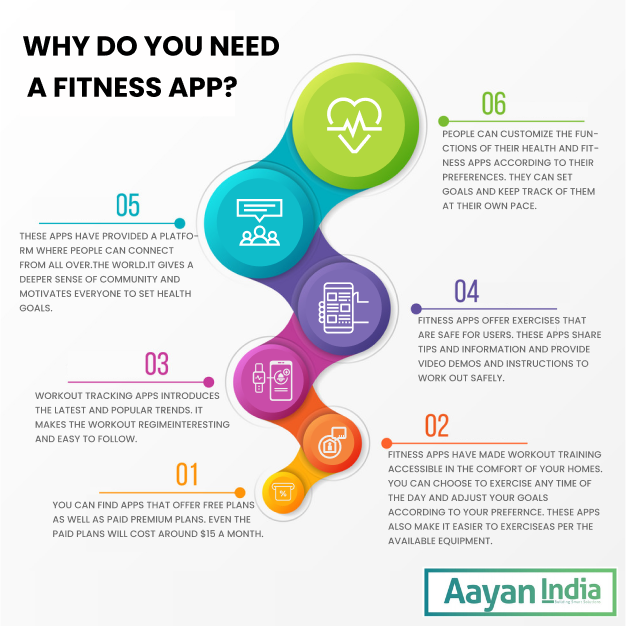
d.) Fitness apps offer exercises that are safe for users. These apps share tips and information and provide video demos and instructions to work out safely.
e.) These apps have provided a platform where people can connect from all over the world. It gives a deeper sense of community and motivates everyone to set health goals.
f.) People can customize the functions of their health and fitness apps according to their preferences. They can set goals and keep track of them at their own pace.
The Popularity of Fitness Apps Is Soaring
In recent years, we have seen an immense increase in popularity of the fitness and workout tracking apps. People prefer these fitness apps over gym memberships and the hassles of finding a personal trainer. Besides, the outbreak of the coronavirus pandemic has also played a significant role in increasing the usage of fitness apps because of the lockdown and quarantine. It has been recorded that the revenue of fitness apps increased by 84% in the year 2020 because of the pandemic.
The rise in the popularity and usage of fitness apps has continued until now. As per a Statista report, the fitness and workout apps were downloaded up to 17 million times worldwide in just a month of January 2022.
What Features Your Fitness App Should Have
The popularity of your app depends on its designs and features. If you are ready to create a fitness app, study the must-have features required for fitness apps. This section covers some of the vital features that your fitness app should have.
I. You Become What You Eat
Fitness apps should have a wholesome diet plan, workout routines, and a healthy lifestyle. It is significant to monitor what people eat to stay fit and healthy. So, the fitness apps must provide them with the type and quantity of food they should consume during mealtimes. An app for fitness must calculate the calories and the amount of nutrition present in meals. That way, people can understand what they are eating and what changes they should bring to their diet?
Moreover, people can avoid those foods that are unhealthy for them. App users can track their daily diet intake and maintain a food diary. So that people can be cautious of what they are eating and track their health routine.
II. Goals and Tracking
The significant reason to develop a fitness app is to help users achieve their exercise goals and stay fit. Motivation leads to building a healthy lifestyle and keeps you focused on your fitness. People can set their own goals and the desired results to make their goal-setting clear and measurable. Therefore, it is imperative to make some fitness goals to track the progress.
For example, the users can set goals related to their nutrition intake and workout routine in a workout-tracking app. They can choose daily tasks, set a date, specify their target, and then describe the action they need to take to achieve their fitness goals. The app will give them reminders and show them their task performance and progress within the past week.
Moreover, it is necessary to track the progress to know whether the users have achieved the fitness goals or not. When we talk about workouts or sports, it is countable and can be measured in numbers, such as hours, calories, pounds, kilograms, and more. This data is necessary to define the users’ fitness goals and track their performance in measurable units. It helps them look at their workout statistics and motivates them to achieve more goals.
The fitness apps come with a graphical representation of the metrics to help users understand their progress. These workout tracking apps show vital information and a summary of the workout routine. That way, the users have their data at their fingertips, and they can easily overview their progress.
III. Gamification
Gamification of an app for fitness means bringing the elements of video games into a non-game environment. Any goal that becomes a game with rewards and incentives is easier to achieve. It makes the goal interesting, and people work efficiently to fulfill it. That is also applicable for fitness routines and goals.
Encouraging and motivating people to exercise and develop a fitness routine turns out to be a difficult challenge. Therefore, fitness apps need to integrate features that have characteristics of video games, such as levels, rewards, points, and quests. These gamified apps encourage people to set a workout routine and exercise on a daily basis to receive an incentive. The app users keep track of their progress through their points and levels.
Some workout tracking apps also allow their users to battle or compete with other users and compare their fitness progress. When people look at the progress of other users and enter into a competition, they move towards more intense workout training to win. Besides, they can share their progress, goals, fitness tips, and success stories on social media and collect praise.
IV. Notifications
Notifications and reminders have been an integral part of fitness apps. Anyone setting fitness goals and working out daily would not want to miss any session. However, sometimes people forget about their daily tasks. In such cases, notifications from an app for fitness can remind users of their tasks and keep up with a healthy routine.
Moreover, notifications are a perfect way to prompt users to use the app on a daily basis. Correct use of notifications can help enhance engagement and increase the average time that users spend on the fitness app. That is why fitness app development companies must consider adding notifications as an essential feature of their fitness app. It can help work as a marketing tool and be useful for users. However, keep in mind that too many notifications can also annoy users and put them off. In such cases, they will leave the application or uninstall it from their devices.
V. Integration with Wearables
In this era, people use various devices for task performance and improving their progress. That is why it is essential to create a fitness app that integrates and synchronizes with other devices as well. For example, people now use smartwatches and bracelets during workout sessions. So, suppose your fitness app provides quick integration with these wearable devices. In that case, it will give an edge to your workout-tracking app.
Moreover, this synchronization helps the users have easy access to their profile, training, daily tasks, and goals on the device of their choice. It also empowers them to record their steps, pulse rate, heartbeat, and other vitals in real-time. So, fitness app development companies should consider this feature crucial for their fitness apps.
VI. Social Sharing
In this age of social connectivity and social sharing via social media platforms, you must create a fitness app that can easily integrate with social media apps. People love to share and display their fitness routines, progress, and achievements with the world. Social sharing also increases the motivation of the users and pushes them to continue their healthy lifestyle. So, workout tracking apps enable individuals to share their progress and achievements with friends and family. Sharing, chatting, and interacting with other people allow users to spend more time on the app, which benefits the KPIs of the app. Besides, people using social media will learn about your app, which leads to marketing and spreading brand awareness.
VII. Mindfulness
Most fitness apps are designed to focus on exercise, workout routine, and body fitness. Still, only a few of them also consider mental health. Exercise for the mind is as essential as for the body. You cannot indulge in physical exercise if you are exhausted and stressed out.
Create a fitness app that goes beyond the traditional workout plans. An app should set such goals that promote mindfulness and taking regular breaks as a part of a healthy lifestyle. If your exercise regime harms other aspects of your life, the app should point it out and free your schedule.
An app that takes the holistic approach to wellbeing is bound to be more successful. People want to improve all aspects of their lives. Apps that offer features like self-improvement, increasing concentration and attention, focus, and calmness help enhance mental fitness and mindfulness.
Conclusion
The usage of fitness apps has skyrocketed in the previous years. People have understood the importance of fitness. They are focusing on health and workout tracking apps to maintain health goals. Many fitness app development companies are eager to create fitness apps. However, building an app for fitness entails proper market research, studying its features, and coming up with a unique design. So, the best practices for app creation include a great strategy and an app with outstanding features.


